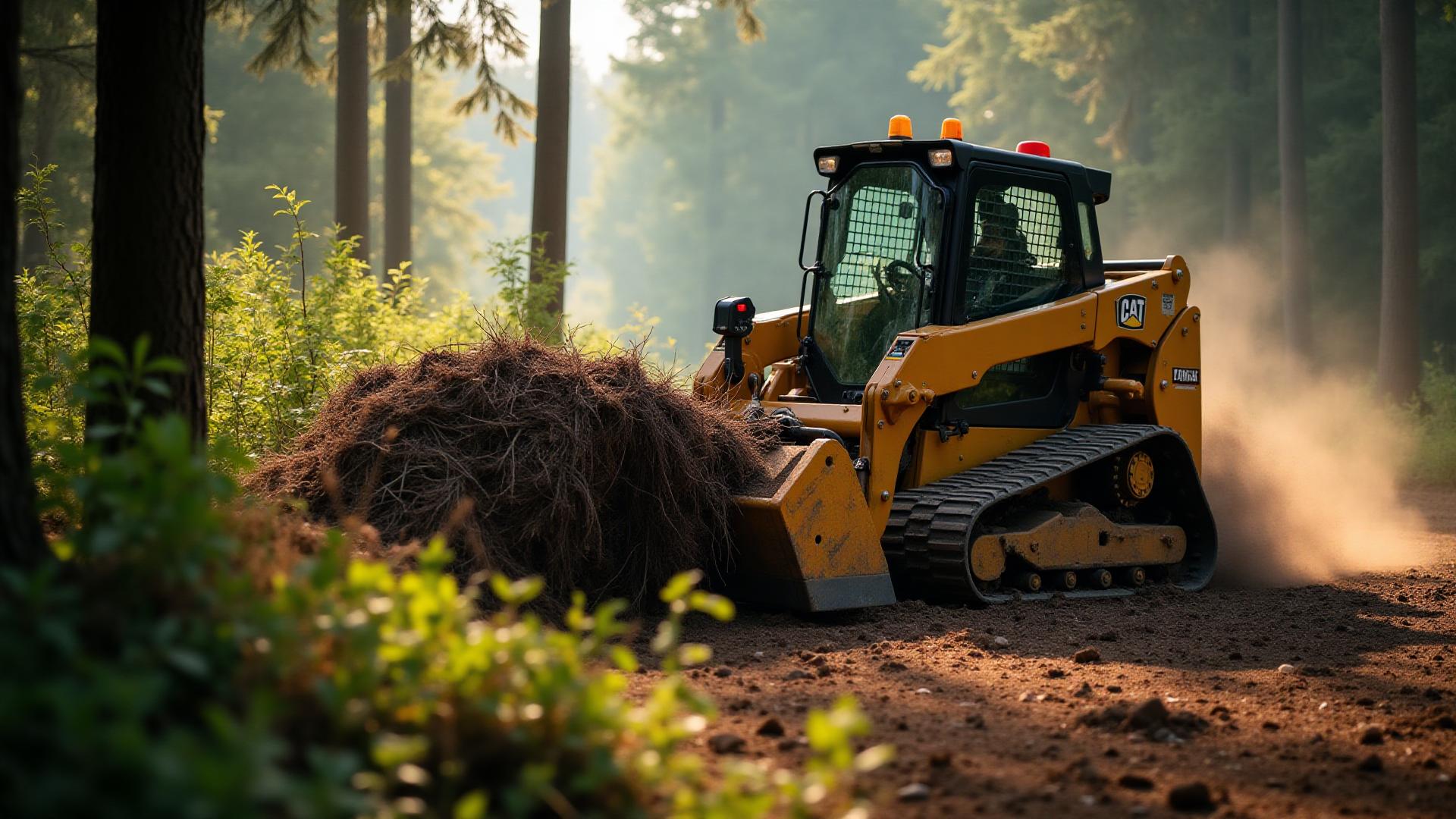When preparing land for development, choosing the right clearing method can significantly impact your project's cost, timeline, and environmental footprint. This guide compares traditional land clearing with modern forestry mulching techniques.
Traditional Land Clearing
Traditional clearing involves removing vegetation using excavators, bulldozers, and other heavy equipment, followed by hauling away or burning the debris.
Advantages
Complete removal of vegetation and stumpsImmediate site access for constructionSuitable for rocky or steep terrainGood for creating clean building padsDisadvantages
Higher costs due to debris removalSoil disturbance and erosion riskLoss of topsoil nutrientsLonger project timelinesMay require burning permitsForestry Mulching
Forestry mulching uses specialized equipment to grind vegetation into mulch, leaving a protective layer on the ground.
Advantages
Single-pass clearing and mulchingNatural erosion controlImproves soil healthMore environmentally friendlyOften more cost-effectiveNo debris removal neededDisadvantages
Not suitable for rocky terrainMay leave stumps if desiredRequires specific equipmentNot ideal for immediate constructionWhen to Choose Traditional Clearing
Consider traditional methods when:
**Building Immediately**: You need a clean, graded pad ready for construction**Rocky Terrain**: Ground conditions prevent mulching equipment**Complete Removal**: Stumps and roots must be fully extracted**Site Access**: You need to create roads or driveways quicklyWhen to Choose Forestry Mulching
Forestry mulching excels for:
**Fire Mitigation**: Creating defensible space around structures**Pasture Reclamation**: Clearing overgrown fields**Trail Creation**: Making paths through wooded areas**Right-of-Way**: Clearing utility corridors**Erosion Control**: Sites with steep slopesCost Comparison
**Traditional Clearing**: $2,000-$5,000 per acre
Equipment: $150-300/hourDebris removal: $500-1,500/loadSite cleanup: Additional costs**Forestry Mulching**: $500-$3,000 per acre
Single operation costNo debris removalImmediate erosion protectionEnvironmental Impact
Traditional Clearing
Removes topsoilIncreases erosion riskDisrupts soil biologyRequires restorationForestry Mulching
Preserves topsoilReduces erosionAdds organic matterMinimal site disturbanceBest Practices
Regardless of method:
Obtain necessary permitsMark property boundaries clearlyIdentify and protect desirable treesPlan for water managementConsider seasonal timingHybrid Approach
Many projects benefit from combining methods:
Mulch most of the propertyTraditional clearing for building areasCreate defined zones for different usesMaking Your Decision
Consider these factors:
Budget: What can you afford?Timeline: How quickly do you need access?Future Use: What's your long-term plan?Terrain: What are your site conditions?Environment: What's your conservation priority?Conclusion
Both methods have their place in land development. The best choice depends on your specific project goals, site conditions, and budget. Consult with experienced contractors who can assess your property and recommend the optimal approach.
Our team offers both traditional clearing and forestry mulching services throughout the Inland Northwest. We'll help you choose the right method for your property.

